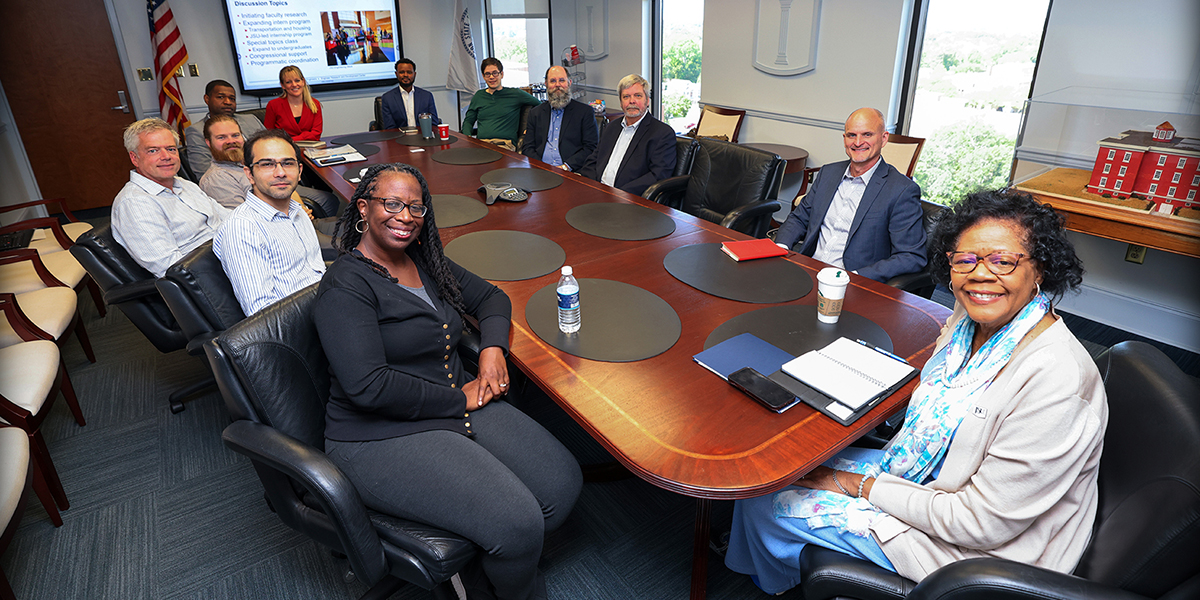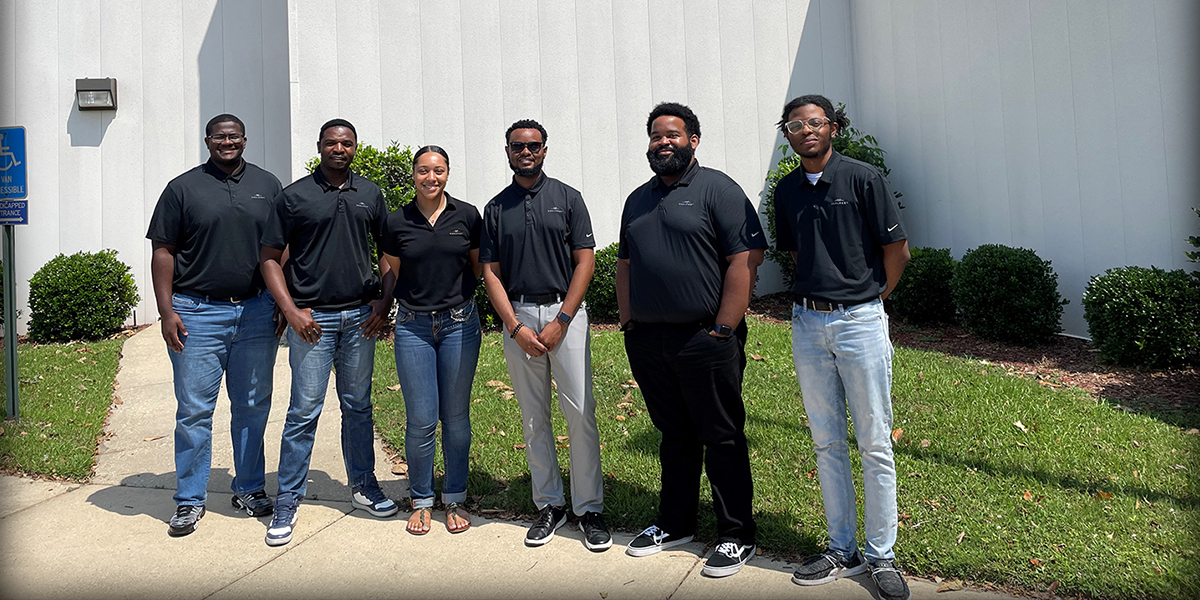
BLOG
—
Meet Them Where They Are: How to Increase Exposure to Increase Diversity in STEM
By Richard Washington, Woolpert Vice President and Program Director
According to Pew Research data, African-American professionals account for just 9% of the science, technology, engineering, and math workforce, and that statistic hasn't changed since 2016. Fortunately, government agencies and technology companies are taking steps to improve diversity in STEM careers by committing funds to support historically Black colleges and universities. However, while they are a step in the right direction, funding opportunities don't solve the primary problem: providing diverse students with exposure to STEM industries, which is critical in inspiring them to join the workforce.
HBCUs typically have first-generation college students who don't have connections within the industry. STEM companies usually don’t recruit at HBCUs, and as a graduate of South Carolina State University—an HBCU in Orangeburg, S.C.—I know this from experience. Woolpert wasn’t at my career fair. That’s why businesses in STEM industries must eliminate the excuse that they can't find diverse talent when they’re not willing to go to where those students are, meet them where they are, and cultivate talent.
A Unique Solution to Increasing Diversity
STEM companies can collaborate with higher education institutions to develop programs that cultivate diverse talent, foster connections with potential employers, and lay the groundwork for successful careers. In 2022, Woolpert and Jackson State University gave this idea a try as a part of Woolpert’s HBCUs Obtaining National Opportunities and Research Science (HONORS) program, an idea developed to expose minority students to STEM occupations, organizations, and resources for development.
The HONORS program enables JSU students to work on real-world projects within the consulting and research side of STEM. The goals for JSU students are simple: learn about STEM occupations, prepare for careers in STEM industries, and increase their chances of being hired.
For other STEM companies to build an intentional internship like the HONORS program, the right partners are key. Companies should collaborate with clients who are willing to provide students with opportunities and are committed to cultivating and hiring diverse talent. Additionally, companies should partner with schools that are open to adjusting their curriculum to support the success of the experience.
For example, Woolpert had contracts with organizations that wanted to give JSU students opportunities to complete projects awarded to Woolpert, and these clients were eager to help foster diverse talent as potential applicants for full-time positions. Also, JSU leadership was willing to make curriculum adjustments to support the HONORS program. While working on campus, Woolpert identified knowledge gaps between what's being taught in the classroom and what's actually being done in the industry, and JSU was interested in understanding what's happening in the STEM workforce so that they could tailor their curriculum around the industry's needs.


Creating a Sustainable Program
Fostering the right partners isn't the only thing companies need to consider when building a successful program. They also need to implement strategies to make the initiative sustainable.
Achieving this goal means companies should not solely seek to introduce and attract graduate students to the many opportunities in STEM fields. Increasing diversity is an ongoing effort, not a one-year initiative that speaks to a classification level. For companies to enhance diversity across STEM fields, their programs should offer annual opportunities, a reality that's only possible if they set their sights on undergraduates as well.
To ensure sustainability in the HONORS program, Woolpert invests in undergraduate and graduate students. Our annual objective is to hire three students per classification as interns.
Increasing Exposure to Increase Diversity
While public officials and companies are providing funding to increase diversity in STEM, a key strategy for success can't get lost. Exposing minority students to the STEM workforce is critical to showing them what's possible in the industry and preparing them to take advantage of existing job openings.
I'm an HBCU grad. When I finished school, I struggled to enter the STEM industry because companies in my field didn't recruit at my school. After I emailed around, I finally got some traction at Woolpert. I interned here in 2007, and I've been here ever since. But the conversation has always been, “Where can we find more of you, Richard?” My answer: You have to go to where that talent is.
